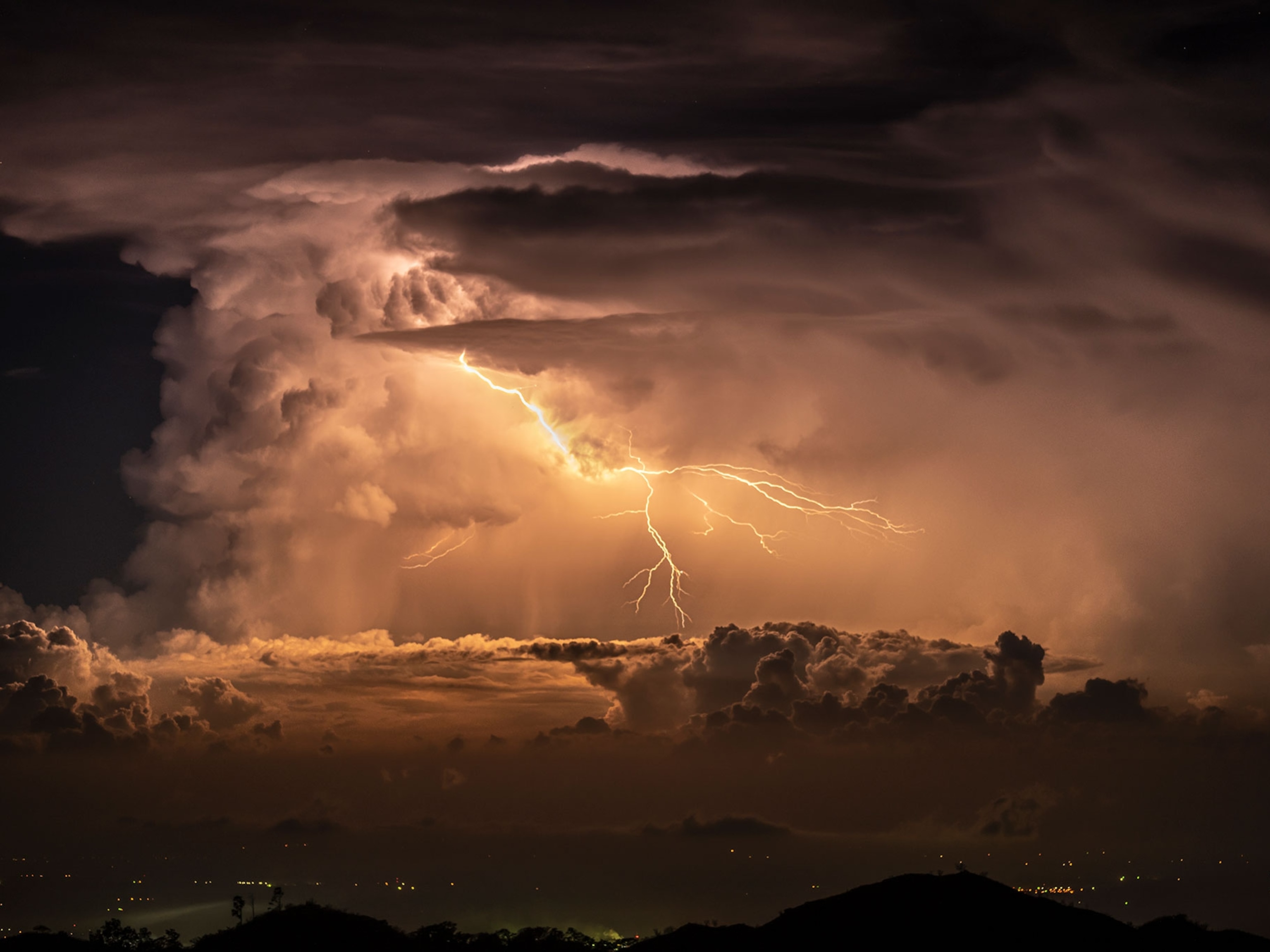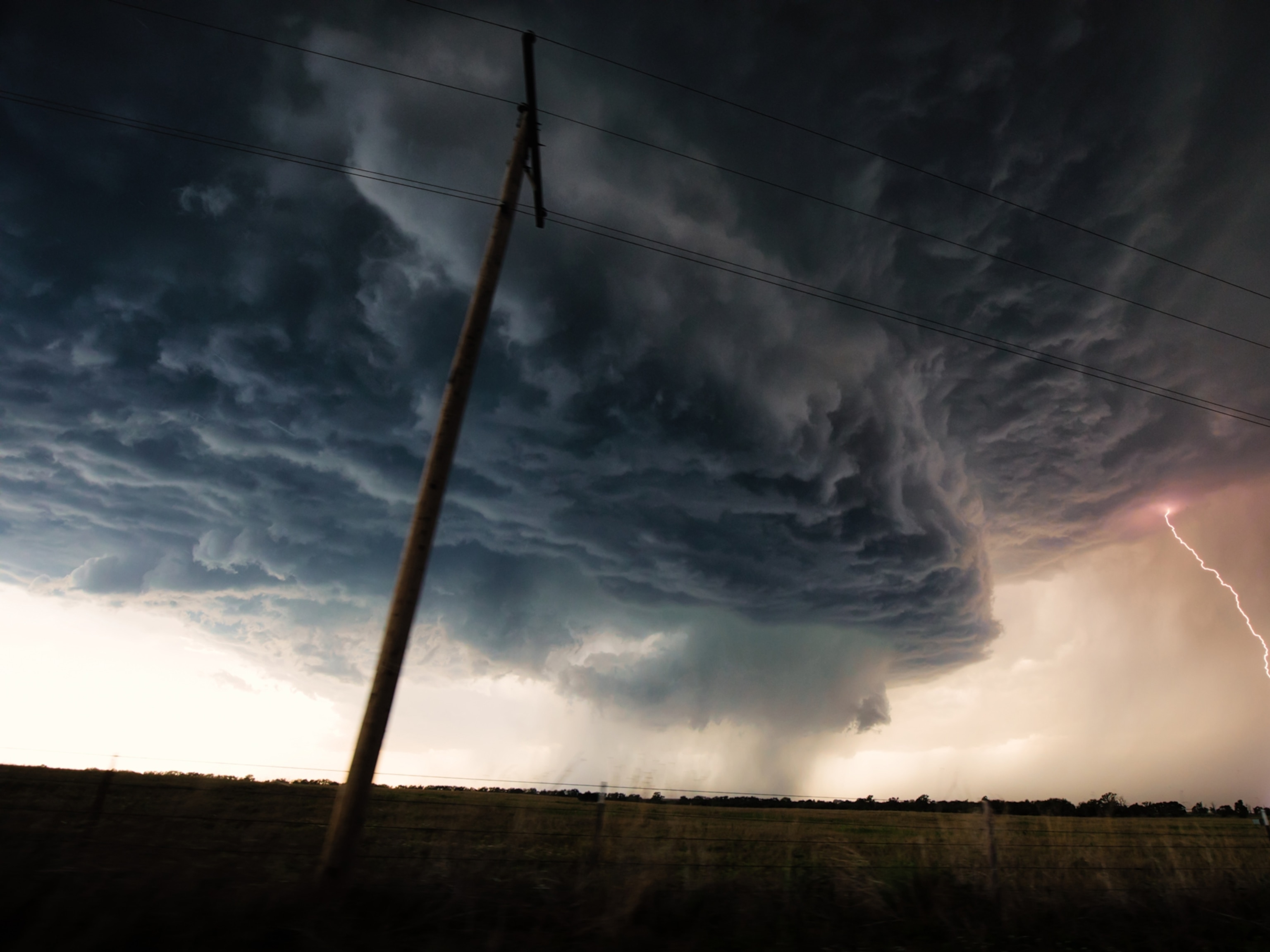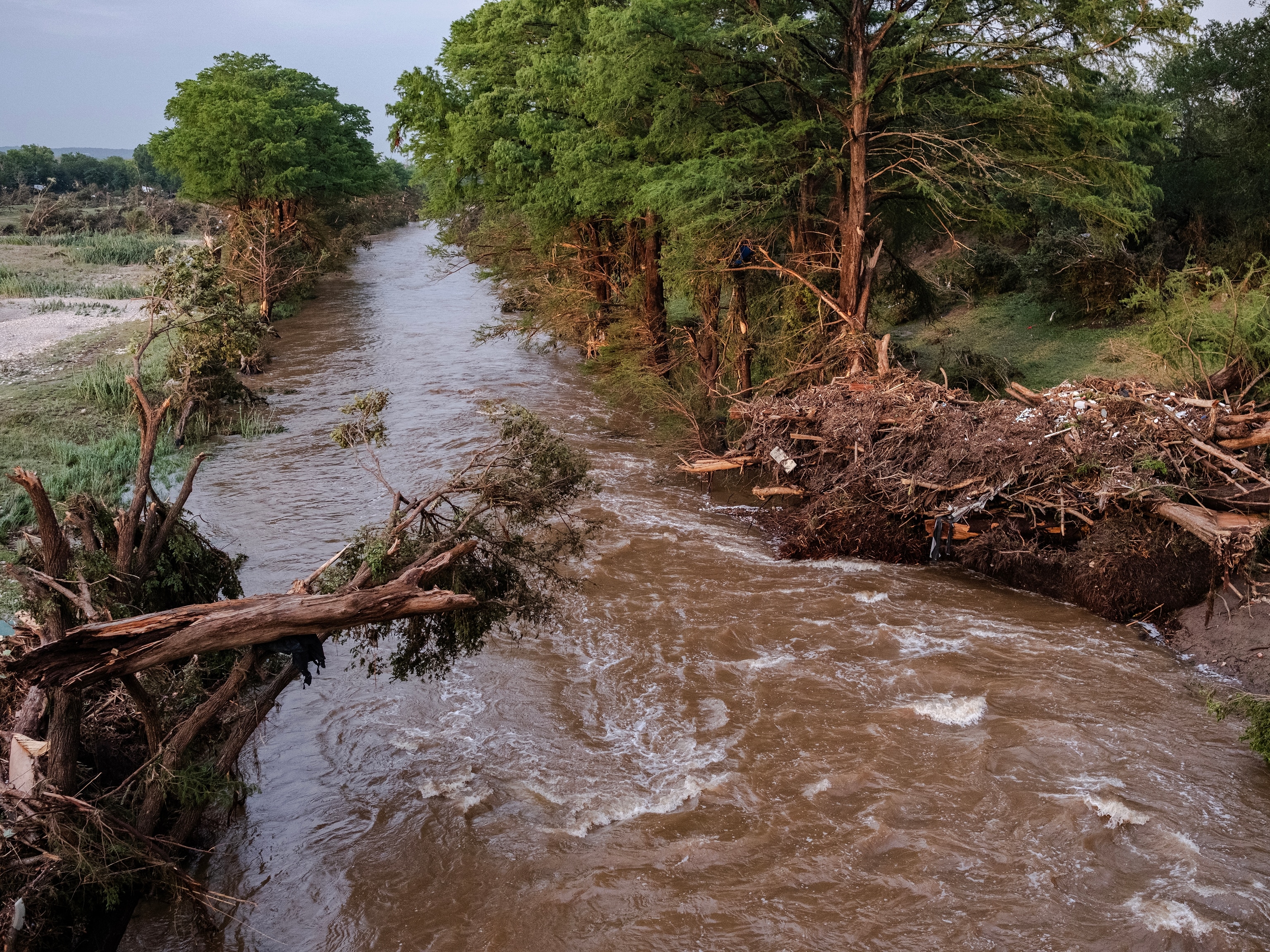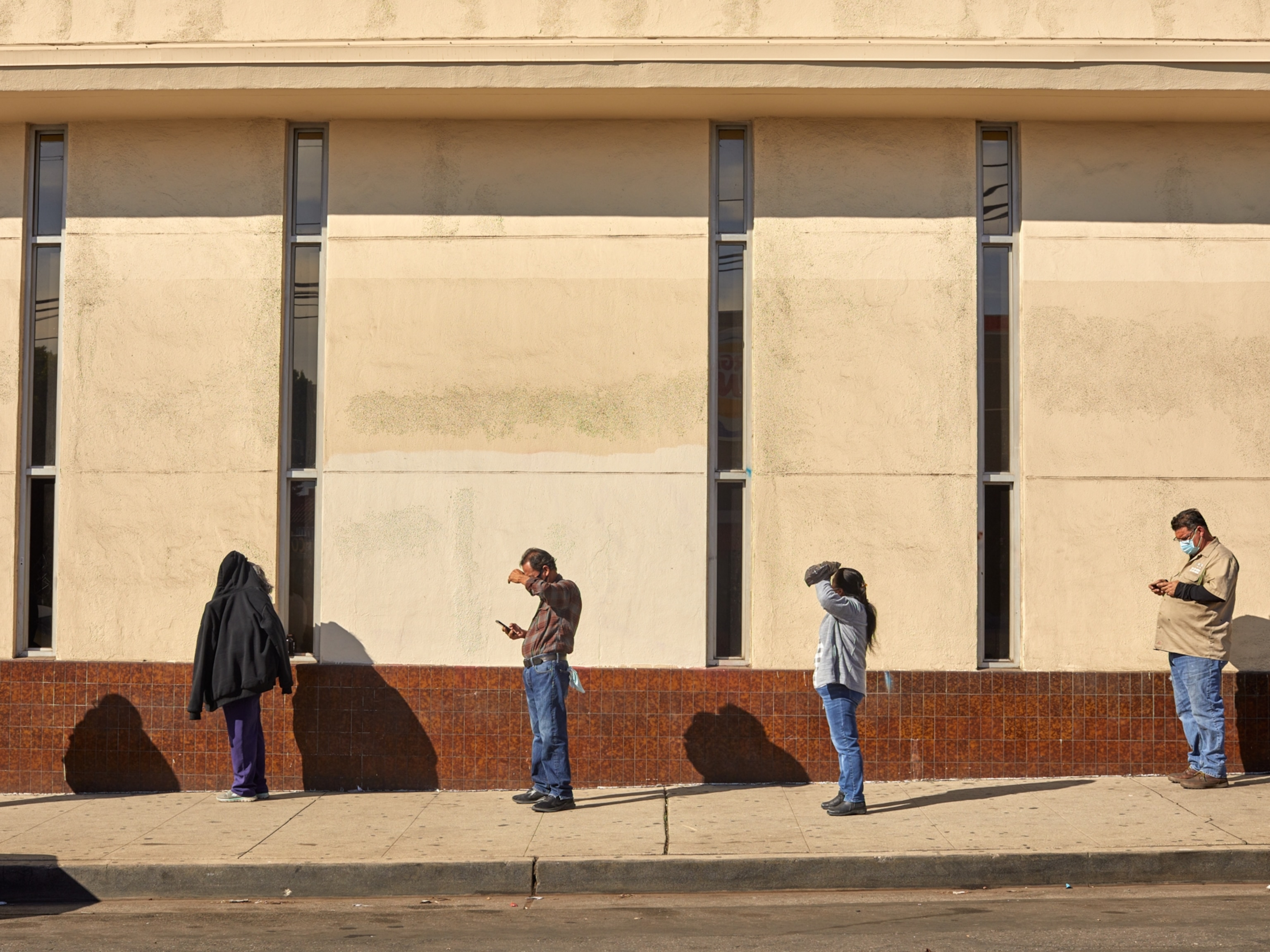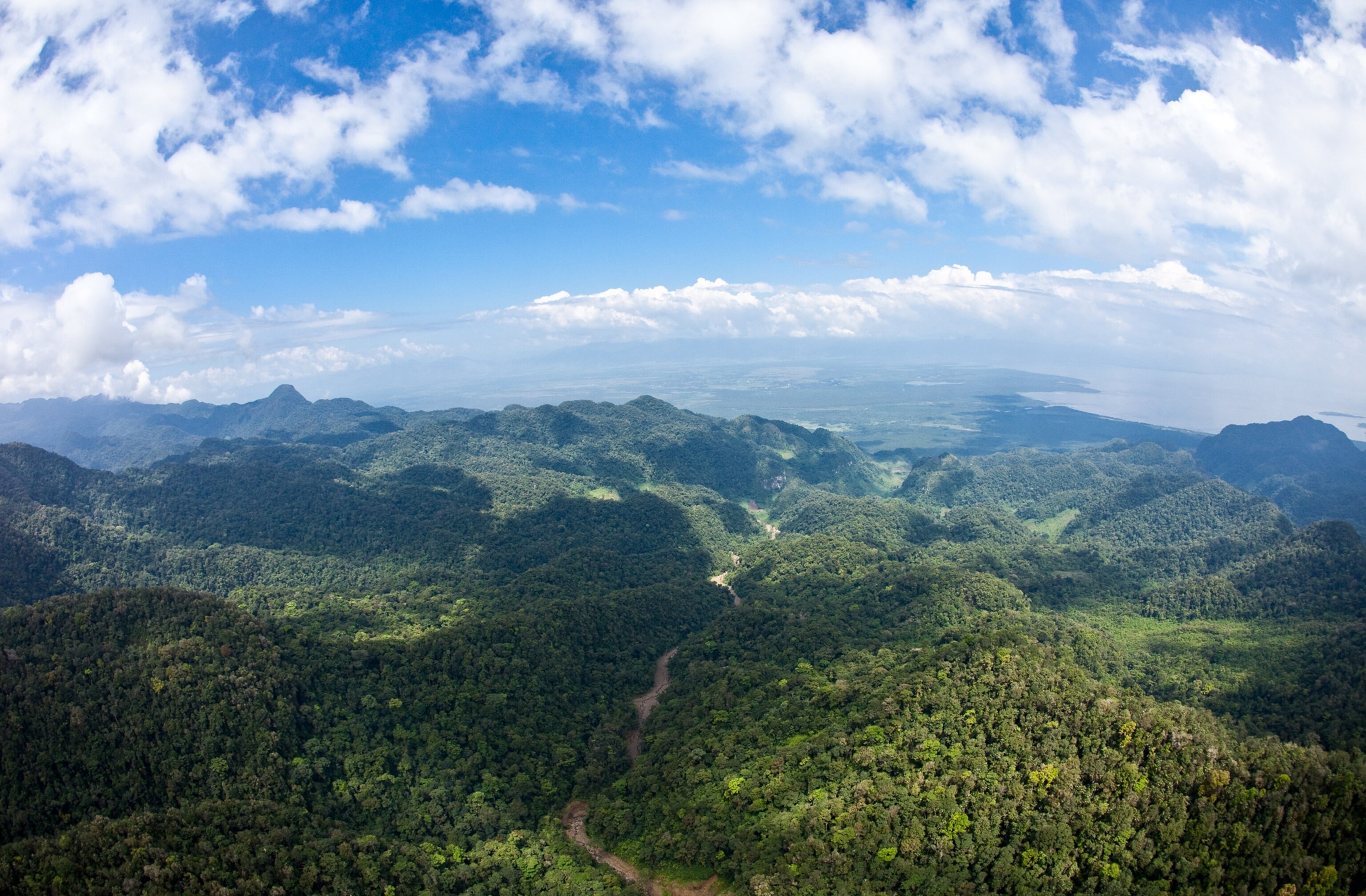
Climate Predictions: Worst-Case May Be Most Accurate, Study Finds
New study looks to the clouds to solve a global warming mystery.
In the wake of superstorm Sandy, climate change is on a lot of people's radar. By some accounts, warmer ocean temperatures intensified the hurricane as it plowed up the Gulf Stream, and rising seas may have exacerbated flooding.
Now, a new climate-change study in the journal Science says warming is here to stay. And future warming will likely be on the high side of predictions, the researchers conclude.
Atmospheric scientists John Fasullo and Kevin Trenberth studied global humidity patterns to get at an elusive question: When atmospheric carbon dioxide (CO2) levels double—as is expected by late this century—how much warmer will it become?
Estimates of this temperature increase, called equilibrium climate sensitivity, hover around 5 degrees F (2.8 degrees Celsius) by about 2100. But predictions vary more than twofold, from 3 to 8 degrees F (1.7 to 4.4 degrees Celsius).
The difference matters because higher temperatures mean larger problems with sea level rise and extreme weather, as well as large-scale changes in ocean circulation—which could in turn mean big changes on the ground.
With a 3 degree F increase, for example, New York City would feel more like Richmond, Virginia. With an 8 degree F increase, New Yorkers would experience temperatures like those in Atlanta, Georgia.
(Opinion: "Climate Change Wins Big in 2012 Elections.")
Clouds May Hold Climate-Change Key
Since the first report on climate sensitivity in 1979, no one has been able to narrow down its range. To try to solve the mystery, Fasullo and Trenberth—both of the U.S. National Center for Atmospheric Research (NCAR) in Boulder, Colorado—looked to the skies.
Clouds are key in pinpointing the level of temperature rise expected, Fasullo said. They exert a major influence on Earth's energy budget. Since they're white, clouds reflect sunlight, cooling Earth. Depending on how high they are in the atmosphere, they can also act like a blanket, holding in heat.
Yet clouds change shape, size, and brightness quickly, making modeling them difficult. Satellite observations of clouds are sketchy, and contain errors.
To sidestep these problems, Fasullo and Trenberth decided to look instead at how clouds are made. They form from water vapor in environments of high relative humidity. Conveniently, high-quality relative humidity data is readily available from satellites. (Related: "Global Warming Supercharged by Water Vapor?")
Eye of the Coming Storm?
The team's research focused on areas in the atmosphere called dry zones.
Hovering several thousand feet above Earth's surface, in the troposphere—the part of the atmosphere where clouds can form—dry zones play a primary role in the future climate.
In the Northern Hemisphere, the dry zone occupies latitudes between 10 and 30 degrees, on the level of Venezuela and Florida, respectively.
The scientists compared the observed relative humidity in the dry zones to 16 different climate models used in the most recent study by the Intergovernmental Panel on Climate Change.
Fasullo and Trenberth found that the three models that best matched the humidity observations were the same ones that predict the hottest future, with temperatures increasing 8 degrees F before century's end. The least accurate models overpredicted relative humidity and projected lower increases in temperature.
Fasullo used the analogy of an eye: "The dry zones are like the iris of the climate system. With warming, the iris dilates, decreasing cloud cover and allowing in more heat." Models that don't provide for that expansion of the dry zone fail to accurately depict observed data, he explained.
Karen Shell, a climate scientist from Oregon State University who was not involved in the research, agreed that Fasullo and Trenberth's workaround made sense. "It's a promising technique. It's one study, but if this relationship holds up, it implies the climate sensitivity is on the higher end of the range."
Meaning hotter ...

